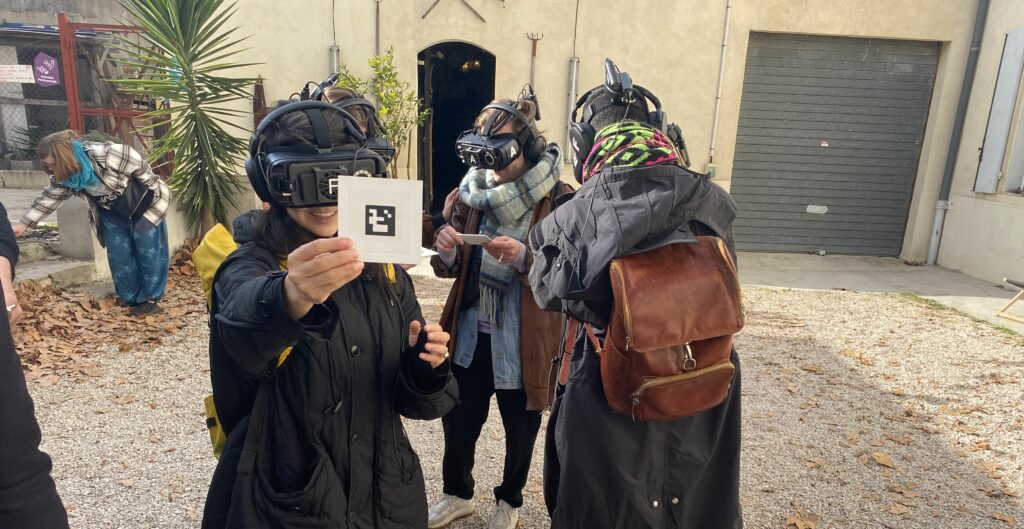

Incorporate your audience from the very beginning
Creating a digital performance requires testing, testing, and even more testing. Why not include your audience already at this stage? This allows you to test not only your equipment – an incredibly important part of the process, since it’s bound to break down at some point – but also the concept itself, to really see what works and what doesn’t.
A good example of including your audience comes from Dark Euphoria, whose creative process involves incorporating the audience in the project from the very beginning. Instead of simply showcasing their work to an audience once the project is finished, the team integrates their audience into the working process itself. By inviting the audience along to test the prototype, they are able to immediately see how the audience reacts to their work. During a two-year process, they might involve the audience five or six times throughout the project. Mistakes are bound to happen, and a process like this ensures that there are spaces for the audience throughout the performance.
This also helps in ironing out necessary breathing spaces. Breathing spaces are necessary in digital performances because the equipment you use and the artists who perform have different needs; the equipment might break down in the middle of a show (and probably will, at some point or another!), and if you don’t account for that, the artists’ bodies might cool down and the audience might become restless. If you build the performance in a way that accounts for these kinds of breathing spaces and possible breakdowns, you’re much more likely to have a successful performance.

Mathieu Rozières is the founder of the art and tech production agency Dark Euphoria, based in Marseille. In his work, he focuses on the development of the new generation of artistic projects combining innovative technologies, interactive scenography, and new forms of narration. Working as much in the field of live performance as in the field of digital arts, Mathieu is part of a digital transition of culture in order to renew audiences and make works accessible to an audience that does not have the codes. He develops numerous partnerships with cultural venues and festivals and organises hybrid residencies as part of Creative Europe projects.

Charles Ayats is an author, director, and immersive/interactive experience designer. He is passionate about making informative, meaningful, innovative, and politically engaged work in the form of web documentaries and video games. A lover of virtual reality, he adapted Marc-Antoine Mathieu’s graphic novel SENS for VR (2016). He also co-wrote 7 Lives, an interactive tale in VR directed by Jan Kounen (2019), and Le Cri (2019). After making a short film in augmented reality, M.O.A (2020), he continues his explorations into storytelling, bodies, and space with projects in the sphere of live performance, such as Colonie.s and No reality now, an augmented performance produced by Dark Euphoria and J’y pense souvent (…), mixing dance and virtual reality, with choreographer Vincent Dupont.









